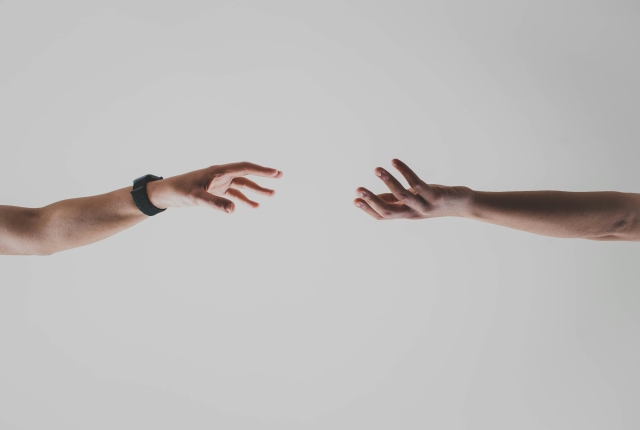Brain-machine interfaces: decoding neural states for movement control

When we want to move our arms to reach an object, several areas of the brain are activated, with activations that are difficult to read and interpret. Modern mathematical tools allow us to 'read' these neural signals and detect sequences that carry spatio-temporal information. Such sequences are known in the motor cortex, the part of the brain most directly involved in controlling our voluntary movements, but not yet studied in the parietal cortex, a rich source of both visual and tactile sensory signals, as well as signals related to the movement we make voluntarily.
Only now has it been discovered that certain parietal areas contain the same motor 'states' as the motor cortices. The discovery - published in the journal Network Neuroscience - was made by a research group at the University of Bologna in the Department of Biomedical and Neuromotor Sciences and the Alma Human Artificial Intelligence Centre. The results could help in the development of systems that link the brain with technological devices, for example to restore motor activity in patients with spinal injuries or neurodegenerative diseases.
Understanding neural activation patterns is crucial to unravelling the mechanisms that enable motor control. Researchers have focused on reaching movements, such as the movements we make with our arms when we want to press the lift button that will take us to a specific floor of a building.
The analysis showed that these arm movements activate a series of very similar neuronal states in three parietal areas (called PE, PEc and V6A). However, the mathematical tools used by the researchers revealed a difference between these three areas.
"While the PEc and V6A areas are visuomotor, in the adjacent PE area somatomotor inputs predominate", explains Patrizia Fattori, professor at the Department of Biomedical and Neuromotor Sciences at the University of Bologna, who coordinated the study. "Based on these differences, one might expect different neural dynamics between these areas, but our results indicate otherwise".
In fact, the analysis of the activity of the somatomotor area (PE) revealed three neural states linked to the main actions that allow the arms to move: a dynamic very similar to that of the visuomotor areas PEc and V6A.
"The three neural states identified are associated with spatio-temporal information that can be easily extrapolated", says Francesco Vaccari, a young PNRR researcher and first author of the study. "But the decoding process gives very different results due to the inherent functional differences of the three different brain areas".
There are differences in the precision of this motor involvement between the three areas studied, with area V6A producing more accurate results compared to the other two parietal areas in reconstructing the target of movement. This information can be very valuable in the field of brain-machine interfaces: technologies that allow direct communication between the brain and external devices.
"We know that areas of the parietal cortex are good candidates for controlling the movement of neuroprosthetic limbs", confirms Patrizia Fattori. "However, given the specificity and heterogeneity of the different areas, our results show how important it is to make an accurate assessment in order to choose the exact location for the implant.
The study was published in the journal Network Neuroscience under the title 'Similar neural states, but dissimilar decoding patterns for motor control in parietal cortex'. The authors are Francesco Edoardo Vaccari, Stefano Diomedi, Marina De Vitis, Matteo Filippini and Patrizia Fattori from the Department of Biomedical and Neuromotor Sciences and the Alma Human Artificial Intelligence Centre at the University of Bologna.






